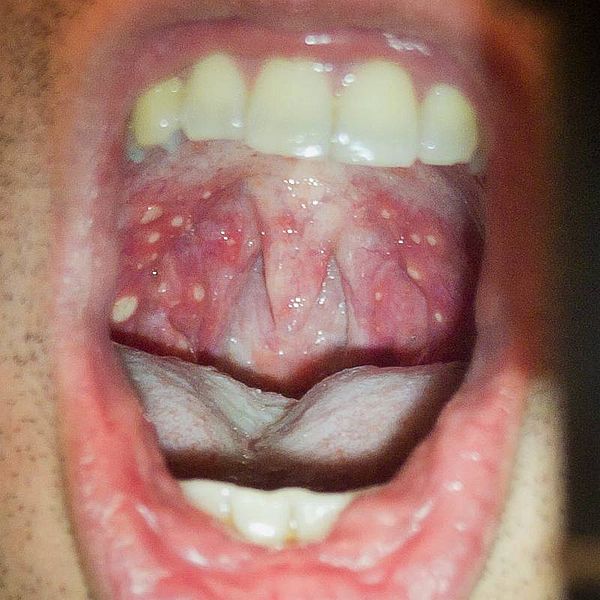Thailand health officials issued an advisory last week after reporting increased numbers of the viral infection, hand, foot, and mouth disease (HFMD), mostly in children under the age of five.

Image/shawn c
Since the beginning of the year through Feb. 19, the Thailand Bureau of Epidemiology reported a total of 7,684 cases from all 77 provinces. No deaths have been reported.
The highest rates of infection were reported from Suratthani, Chanthaburi, Chiengrai, Lampang and Phuket provinces.
The Ministry of Public Health advises teachers and parents to take care of their children’s health every day to help prevent the spread of HFMD.
HFMD is typically a benign and self-limiting disease. Most common in young children, it presents as fever, oral lesions and rash on the hands, feet and buttocks. The oral lesions consist of rapidly-ulcerating vesicles on the buccal mucosa, tongue, palate and gums. The rash consists of papulovesicular lesions on the palms, fingers and soles, which generally persist for seven to 10 days, and maculopapular lesions on the buttocks.
Hand, foot, and mouth disease is caused by viruses that belong to the Enterovirus genus (group). This group of viruses includes polioviruses, coxsackieviruses, echoviruses, and enteroviruses.
Enterovirus 71 has been implicated in HFMD outbreaks in Southeast Asia over the several years. EV 71 is a non-polio enterovirus.
Complications associated with HFMD caused by the more pathogenic EV-71 strain include encephalitis, aseptic meningitis, acute flaccid paralysis, pulmonary edema or hemorrhage and myocarditis. Most deaths in HFMD occur as a result of pulmonary edema or hemorrhage.
The best way to prevent the disease is to keep oneself clean and to wash their hands often, said the Public Health Minister.
Related:


All citizens need to work hard so this virus can be taken always, Teachers, Parents, Doctors and Nursery, need to work harder, give the message to the people, keep bless..